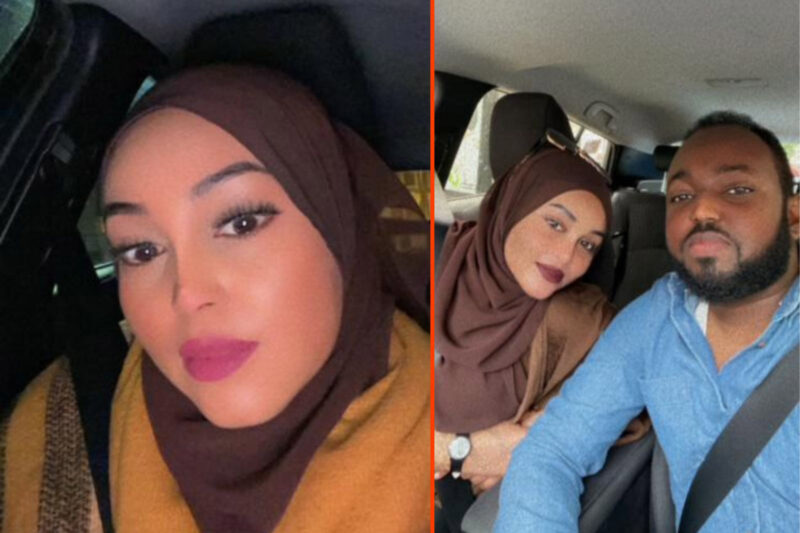Why do so many of us forget to use sunscreen?
While melanin-rich skin does offer a small degree of built-in protection, it is not immune to the dangers of sun exposure — something my family recently discovered the hard way

I’ve spent far too much time wrapped in blankets this summer during multiple wet and miserable days, so sunscreen hasn’t exactly been the topic at the forefront of my mind. Diligently applying my SPF (almost) every morning has begun to feel less like an investment in my skin’s future and more like a cruel joke, particularly as someone whose favourite summer accessory is a deep golden tan.
Although summer holidays and sun cream are synonymous for most people of European background, it’s an essential that is often overlooked in Black and brown households, with many erroneously believing that sunscreen isn’t necessary for people with darker skin as they are less likely to burn. While melanin-rich skin does offer a small degree of built-in protection against sunburn and cancer, it is not immune to the dangers of sun exposure — something my brother, dad and five other brown-skinned men recently discovered the hard way on a trip to Uganda, where it transpired that not one of them had thought to pack sunscreen. The blackish-red hue of my father’s arms was enough to send me straight to the Boots sun cream aisle.
Skin cancer can present in darker skin in different ways from how it presents in lighter skin tones, and can often be overlooked and undiagnosed until late stages of development. By the time it’s discovered, it may be more difficult to treat. Darker skin is also more prone to melasma and hyperpigmentation, caused when the sun hits the skin and stimulates melanin production. The resulting dark spots are harder to treat on dark skin than on white skin.
“A lot of darker-skinned people think they don’t need to put sunscreen on because they have more natural colour to protect them from UV rays, which is absolutely wrong,” says Dr Bhavjit Kaur, director and founder of Health and Aesthetic Clinic in Greenwich, south-east London, and a cosmetic doctor with a special interest in skin of colour. “We may not burn like white skin does, but we tan — meaning that there are some changes going on under the skin, and the cells are getting damaged by the sun rays. So we definitely need to wear sunscreen.”
Dr Kaur’s rules around sunscreen for her clients with Black and brown skin are the same as those for her white clients: she recommends using a broad-spectrum sunscreen with a minimum SPF of 30 that provides protection from both UVA (the ultraviolet rays associated with premature ageing and melanoma skin cancer) and UVB (the rays that cause sunburn), as well as protection from infrared rays and high-energy visible (HEV) light. She recommends applying vitamin C, folic acid or vitamin E serums to the skin before sunscreen for protection against the latter two if your preferred sunscreen does not offer it. According to the NHS guidelines, your sunscreen should also have a minimum UVA star rating of four, something many popular sunscreen brands, including cult-favourites Bondi Sands and Sun Bum, appear to have fallen short on in the past.
She stresses that sunscreen must be worn every day, even if it’s overcast, and even if you’re inside. “People only apply sunscreen when they’re going out, but I generally say it has to be applied indoors because UVA light, which causes ageing, comes through the windows. If somebody is suffering from melasma or hyperpigmentation, and they’re not wearing sunscreen when they are inside the house, or because it’s cloudy, it’s counterproductive to the treatment.”
Aside from myths around melanated skin’s infallibility, sunscreen has not historically been made with darker skin tones in mind, leading many to choose to skip the white stuff altogether to avoid having to walk around with the dreaded greyish hue. The past few years have seen some progress in this area, with major brands working to ensure their sunscreens are suitable for people with non-white skin. Fan favourites include Supergoop!’s Unseen Sunscreen, Byoma Moisturizing Gel-Cream, and SkinCeuticals Ultra Facial Defense SPF 50+, none of which leave a white cast. Smaller, specialty brands are also stepping in to fill the gap in the market, with Rich Skxn’s Black Girl Sunscreen and Clear Mineral Sunscreen both providing strong protection.
Dr Kaur recommends researching speciality sunscreens for brown and Black skins, or tinted sunscreens that can be matched to your skin colour. In terms of application, she recommends using two finger-lengths of sunscreen, applying it gently as you would a face mask rather than massaging it in as with moisturiser, and waiting for it to be absorbed into your skin for 10 minutes before applying make-up. She also notes that sunscreen should be reapplied every two hours, adding that hats, sunglasses, sweat and touching the face can all cause it to break down.
It’s safe to say that the days of having to choose between protecting your skin and walking around with a less-than-desirable ashy hue are over. Now let’s hope the rest of summer isn’t so much of a washout.
 Newsletter
Newsletter













